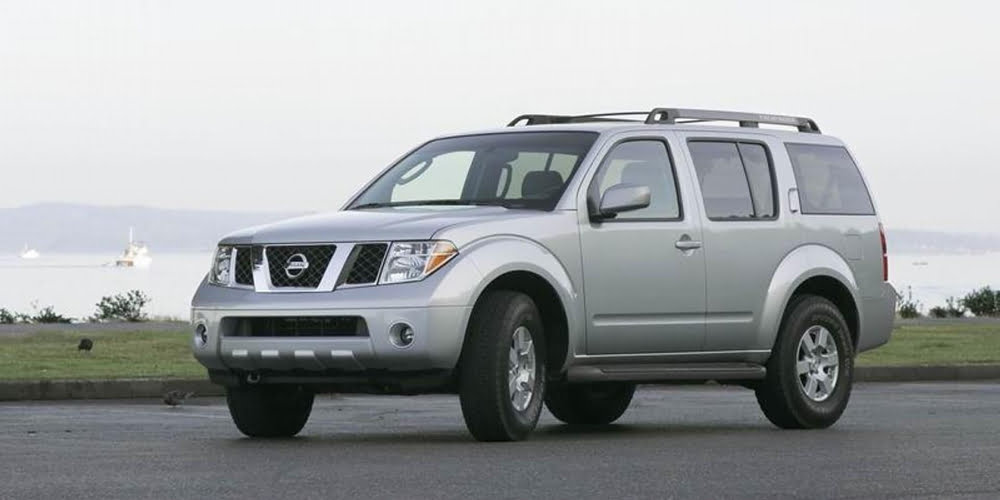The Check Engine Light VDC Off Slip Nissan Pathfinder warning light are common warning lights that appear. The CEL illuminates when the vehicle’s on-board diagnostic (OBD) system detects an issue with one of the car’s systems. The VDC Off warning light appears when the Vehicle Dynamic Control (VDC) system is turned off, and the Slip warning light comes on when there’s a problem with the Traction Control System (TCS).
These warning lights indicate that there may be a problem with your vehicle’s engine or one of its systems. In some cases, the issue may be minor, such as a loose gas cap, while in others, it may be a more significant problem, such as a malfunctioning sensor. It’s essential to take the Check Engine Light VDC Off Slip Nissan Pathfinder warning lights seriously and have them checked by a professional mechanic as soon as possible.

What Are Some Common Causes Of The Check Engine Light VDC Off Slip Nissan Pathfinder Lights?
The Check Engine Light VDC Off Slip Nissan Pathfinder warning lights can come on for a variety of reasons, including:
- Malfunctioning oxygen sensor – A faulty oxygen sensor can cause the CEL to come on, and in some cases, can also trigger the VDC Off and Slip warning lights.
- Loose or damaged gas cap – A loose or damaged gas cap can cause the CEL to illuminate and can sometimes trigger the VDC Off and Slip warning lights.
- Malfunctioning Mass Air Flow (MAF) sensor – A faulty MAF sensor can cause the CEL to come on and can also impact the performance of the vehicle.
- Faulty catalytic converter – A malfunctioning catalytic converter can cause the CEL to come on and can also cause a decrease in fuel efficiency.
- Malfunctioning TCS – A problem with the Traction Control System can cause the Slip warning light to come on, and in some cases, can also trigger the VDC Off warning light.

How Can You Diagnose And Fix The Check Engine Light VDC Off Slip Nissan Pathfinder Warning Lights?
If you are experiencing the “Check Engine Light VDC Off Slip Nissan Pathfinder” issue, it is important to address it promptly to ensure the safety and proper functioning of your vehicle. Here are some steps you can take to diagnose and repair the issue:
- Check the codes: The first step is to check the codes associated with the check engine light using an OBD-II scanner. This will give you an idea of the specific issue that is triggering the warning lights. The VDC Off and Slip lights may also be related to the same issue as the check engine light.
- Inspect the ABS system: The VDC Off and Slip lights are related to the ABS system, which is responsible for controlling the vehicle’s stability and traction. Check the ABS sensors and wiring for any damage or corrosion.
- Check the brake system: The ABS system is also connected to the brake system. Check the brake fluid level and make sure it is at the proper level. If the fluid is low, it may indicate a leak in the brake system. You should also inspect the brake pads and rotors for wear.
- Inspect the wheel bearings: The VDC Off and Slip lights may also be triggered by a malfunctioning wheel bearing. Check the bearings for any damage or looseness.
- Check the throttle body: The check engine light may be triggered by a malfunctioning throttle body.
- Check the spark plugs and ignition system: The check engine light may also be triggered by a misfire in the engine.
- Consult a professional: If you are unable to diagnose the issue on your own, or if the issue requires specialized knowledge or tools, it is best to consult a professional mechanic. They can use specialized diagnostic equipment to pinpoint the issue and make the necessary repairs.
In conclusion, the “Check Engine Light VDC Off Slip Nissan Pathfinder” issue in your Nissan Pathfinder can be caused by a variety of issues related to the ABS system, brake system, throttle body, spark plugs, and ignition system. By taking the steps outlined above, you can diagnose and repair the issue to ensure the safety and proper functioning of your vehicle.
